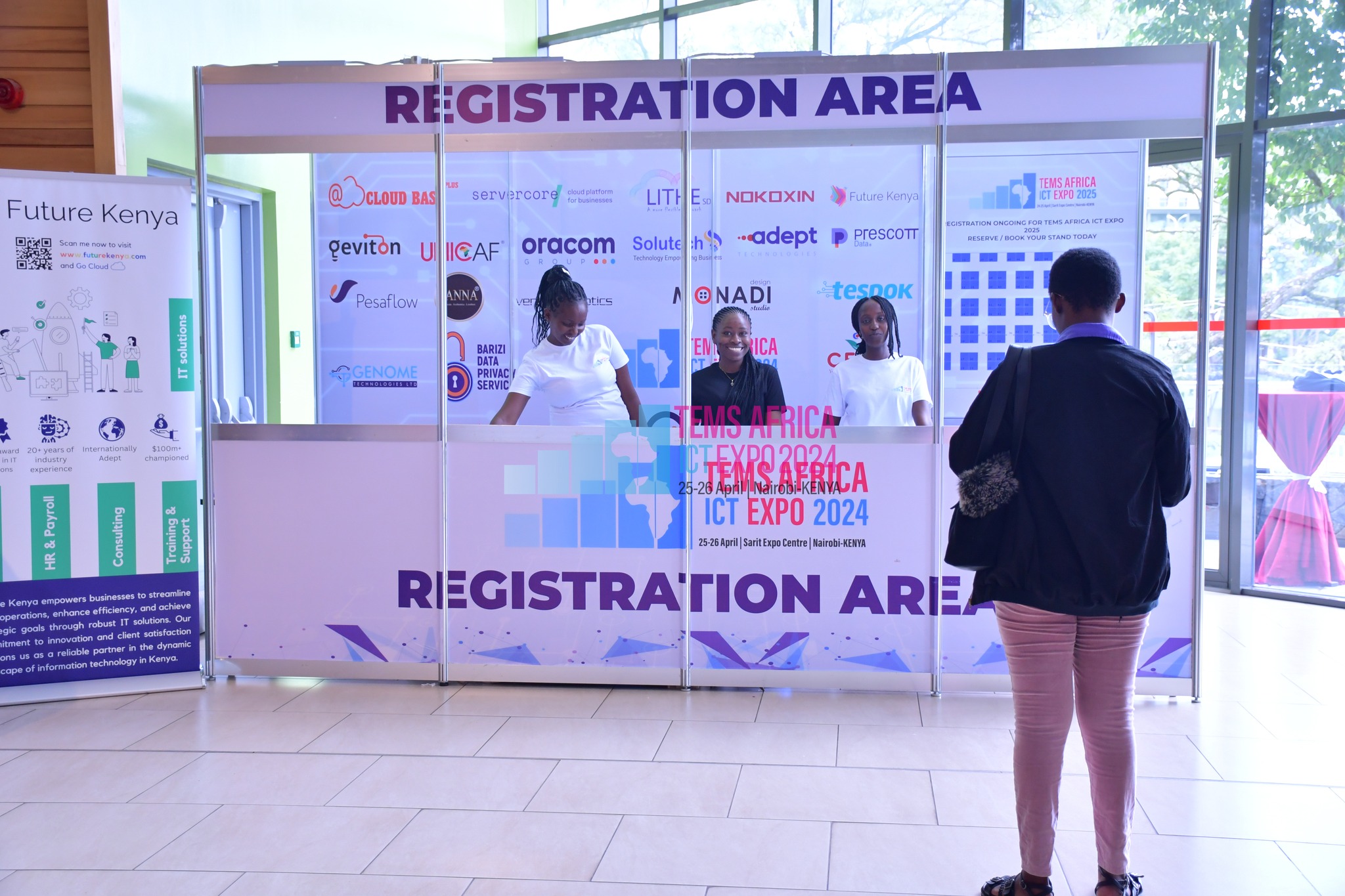
Unveiling the Power of Event Branding
Unveiling the Power of Event Branding
In the dynamic world of events and experiences, branding plays a pivotal role in shaping perceptions, engaging audiences, and leaving a lasting impression. Event branding isn't just about logos and colors; it's about crafting a cohesive identity that resonates with attendees and communicates the essence of the occasion. Let's dive into the intriguing realm of event branding and explore its diverse types:
1. Visual Branding
Visual branding forms the cornerstone of event identity. It encompasses the design elements such as logos, color palettes, typography, and imagery that create a distinct look and feel. Consistency is key here; cohesive visual branding across invitations, signage, stage sets, and digital assets fosters recognition and reinforces brand recall.
2. Experiential Branding
Events are all about experiences, and experiential branding aims to immerse attendees in the brand's story. This type of branding leverages interactive installations, engaging activities, and sensory elements like scents or sounds to evoke emotions and forge meaningful connections with the audience.
3. Environmental Branding
The physical space of an event is a canvas for branding. Environmental branding transforms venues into immersive brand environments through decor, lighting, and spatial design. From branded backdrops and themed zones to bespoke furniture and installations, every element contributes to a cohesive branded experience.
4. Digital Branding
In the digital age, event branding extends beyond the physical realm into the virtual landscape. Digital branding encompasses websites, social media profiles, email campaigns, and multimedia content. It ensures a seamless online-offline brand experience, enabling attendees to engage before, during, and after the event.
5. Content Branding
Content is a powerful tool for conveying brand values and messaging. Content branding involves crafting compelling narratives, developing informative presentations, and curating engaging collateral such as brochures or videos. Quality content adds depth to the event's brand story and fosters audience engagement.
6. Sponsorship Branding
For sponsored events, integrating sponsor branding is crucial. Sponsorship branding involves creatively incorporating sponsor logos and messages into event materials while maintaining overall coherence with the event's brand identity. Effective sponsorship integration benefits both parties by enhancing visibility and credibility.
7. Personal Branding
In events centered around individuals, personal branding takes center stage. This type of branding highlights the unique qualities and expertise of speakers, hosts, or performers. It involves aligning personal narratives with the event's theme to create an authentic and memorable experience.
8. Emotional Branding
Ultimately, successful event branding taps into emotions. Emotional branding aims to create meaningful connections by resonating with attendees on a personal level. Whether through storytelling, shared values, or impactful moments, emotional branding leaves a lasting imprint in the hearts and minds of participants.
Each type of event branding brings its own unique flavor to the table, enriching the overall event experience and reinforcing brand identity. The art lies in weaving these elements seamlessly together to create a holistic and memorable journey for attendees. By harnessing the power of diverse branding strategies, event organizers can elevate their events from mere gatherings to immersive brand experiences that inspire, connect, and endure in the minds of participants.
Follow us on all our social media platforms to stay updated on exhibition events.
Website
Facebook
